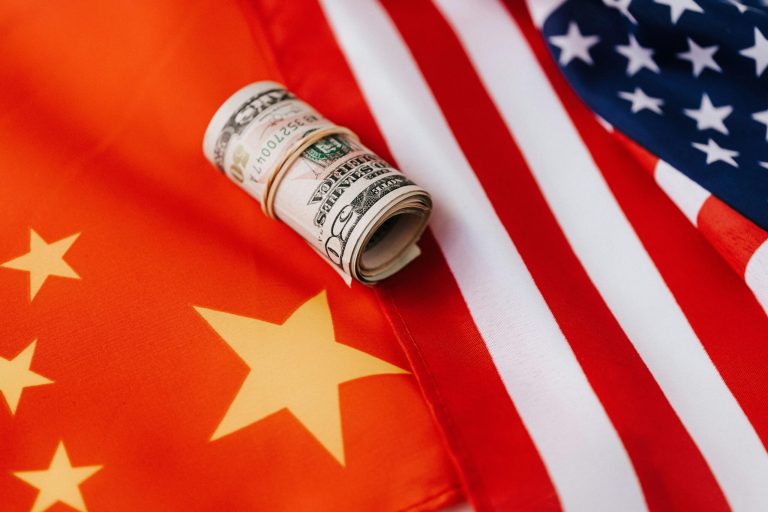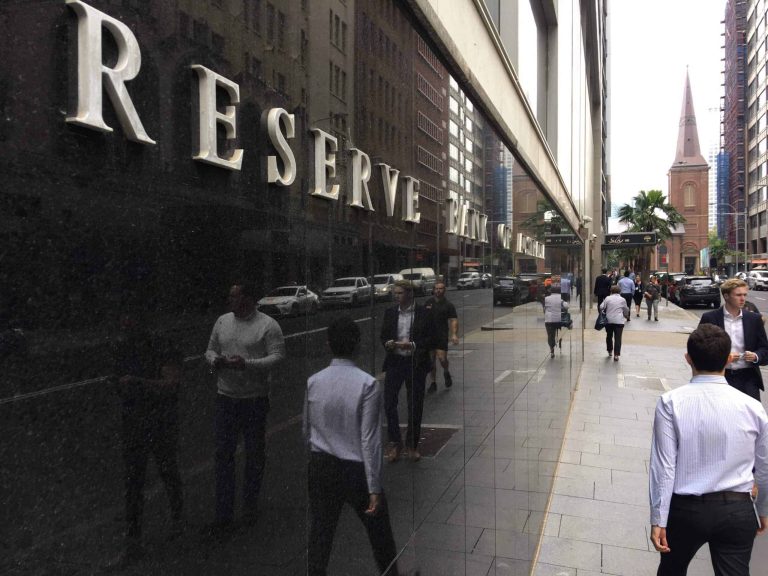Benchmark Indian equity indices BSE Sensex and Nifty 50 advanced on Tuesday, buoyed by gains in IT, metal, and real estate stocks.
At 10:34 am, the BSE Sensex rose 0.14%, while the Nifty 50 edged up by 0.092%.
The BSE Metal Index outperformed, climbing over 1%, with major gainers like Jindal Steel, NMDC, and APL Apollo driving momentum.
The Nifty IT Index and Nifty Realty Index also recorded steady gains of 22 points and 7 points, respectively.
Greaves Cotton surges to a 52-week high
Greaves Cotton shares surged 13.58% to reach a 52-week high of ₹242.20 after ace investor Vijay Kedia acquired a 0.52% stake in the company.
Kedia’s purchase of 12 lakh shares at an average price of ₹208.9 per share, totalling approximately ₹25 crore, fuelled market excitement.
The strategic move follows Greaves Cotton’s announcement of an IPO for its subsidiary, Greaves Electric Mobility, signalling growth prospects in the electric vehicle segment.
This marks the stock’s strongest single-day gain in three years.
ITI Limited continues rally
ITI Limited shares extended their upward trajectory for a third consecutive session, hitting an all-time high of ₹404 on the NSE.
The stock opened at ₹385, up from its previous close of ₹368.10, before soaring 9.8% to its new peak.
By 10:30 am, ITI shares traded 7.42% higher at ₹395.40, with a market capitalization nearing ₹38,000 crore.
The stock has gained nearly 40% over the past three days, reflecting strong investor confidence amid robust buying interest.
Mishtann Foods falls as SEBI takes action
Shares of Mishtann Foods plummeted nearly 10% to ₹8.95 after the Securities and Exchange Board of India (SEBI) barred the company, its promoter, and four other entities from the securities market for alleged financial irregularities.
SEBI’s investigation revealed that Mishtann Foods engaged in circular trading with fictitious buyers and suppliers, many of which were shell entities controlled by company insiders.
This scandal has raised concerns over corporate governance and could lead to further regulatory scrutiny.
Inflation data eyed amid global cues
Upcoming CPI data releases in India and the US are expected to guide market sentiment.
US CPI figures, due Wednesday, could influence the Federal Reserve’s interest rate decisions.
Markets anticipate an 86% probability of a 25 basis point rate cut at the Fed’s December 18 meeting.
India’s CPI data, due Thursday, is projected to have slowed to 5.53% in November, retreating below the Reserve Bank of India’s 6% upper tolerance limit, according to a Reuters poll of economists.
Dr. V K Vijayakumar, Chief Investment Strategist at Geojit Financial Services, highlighted a consolidation phase in Indian markets.
“There are no major triggers for a new bull orbit or deep correction. The current weakness in FMCG stocks presents a buying opportunity for long-term investors,” he noted.
The post Indian markets trade higher; IT, and metal sectors lead gains; Greaves Cotton gains most in three years appeared first on Invezz










